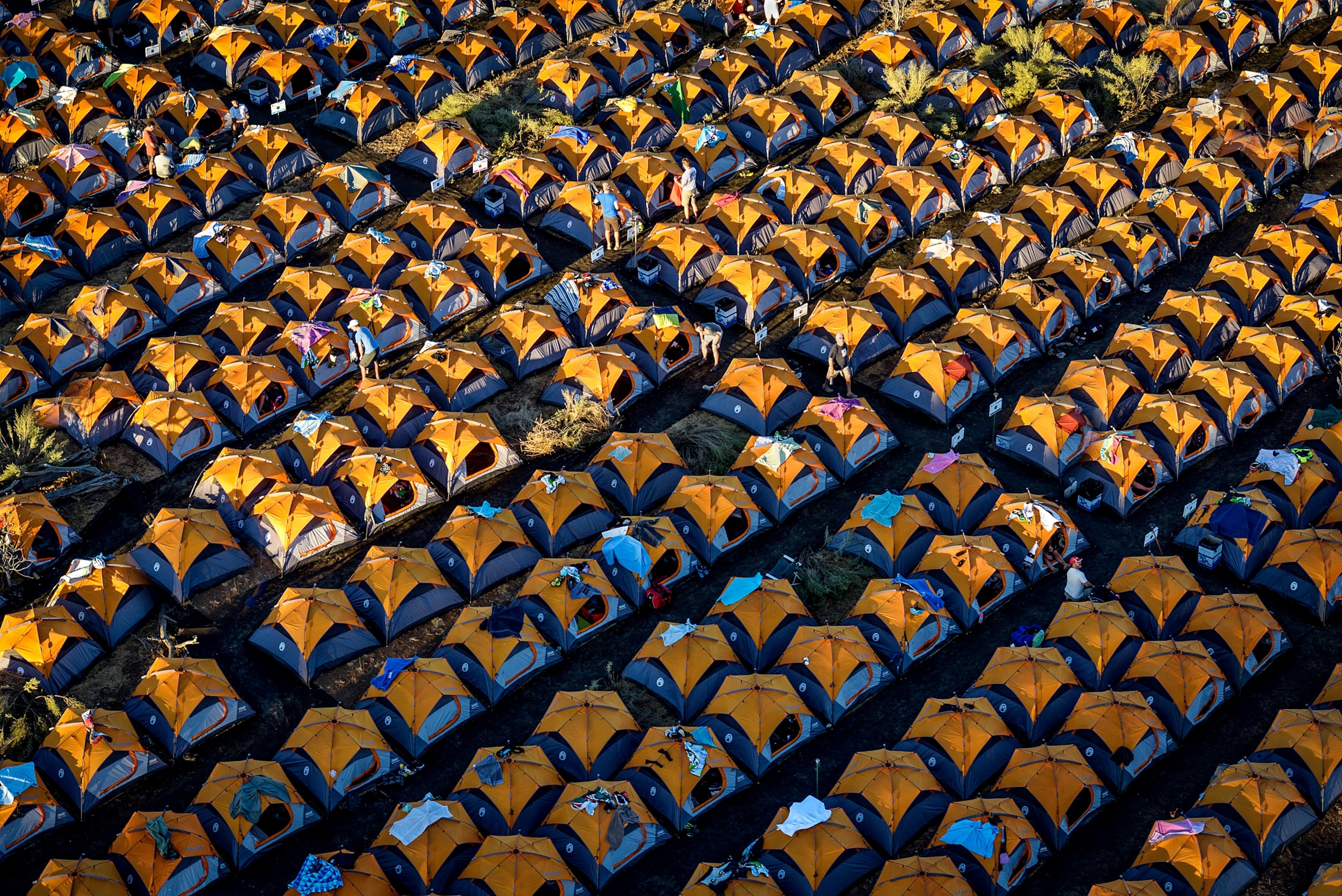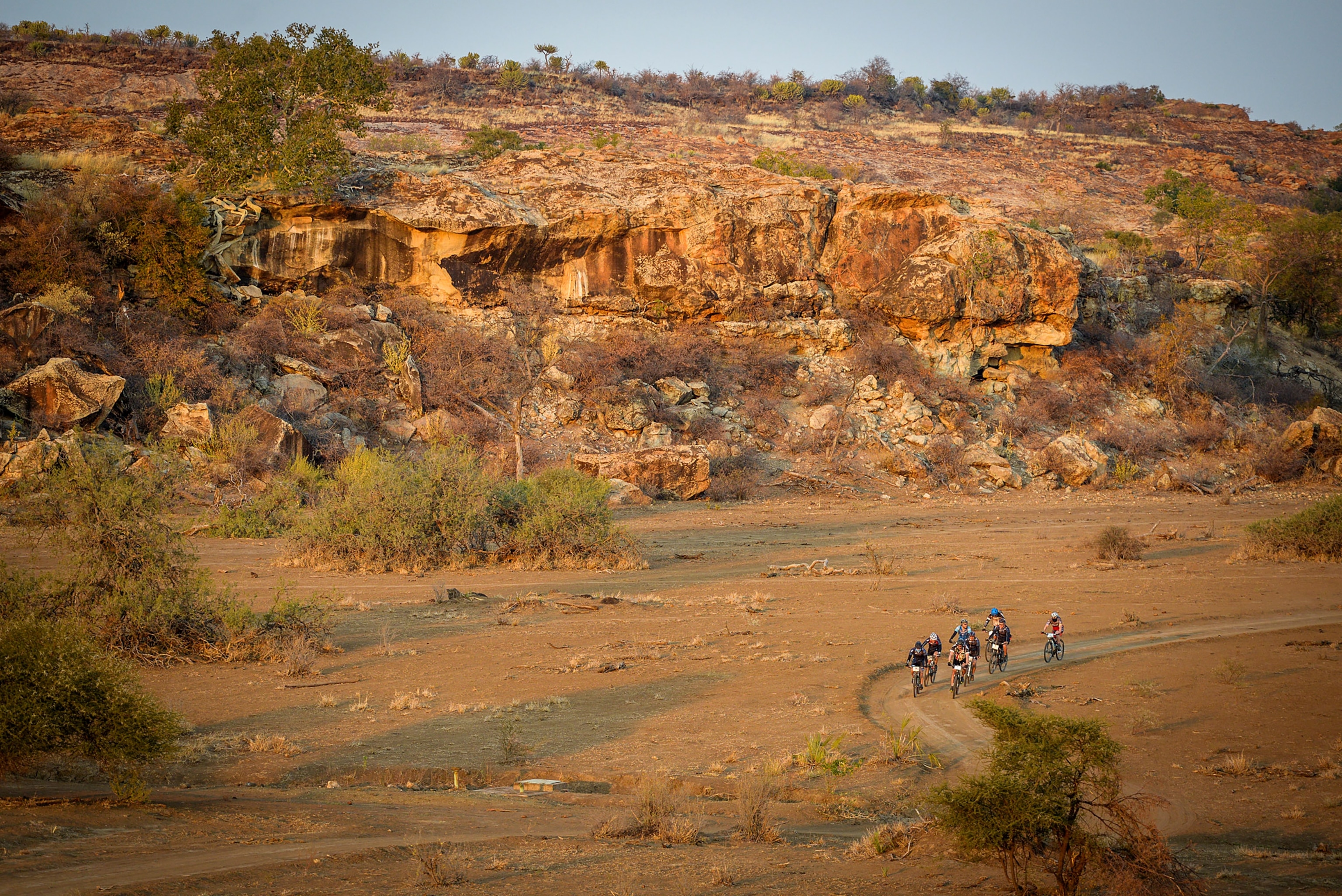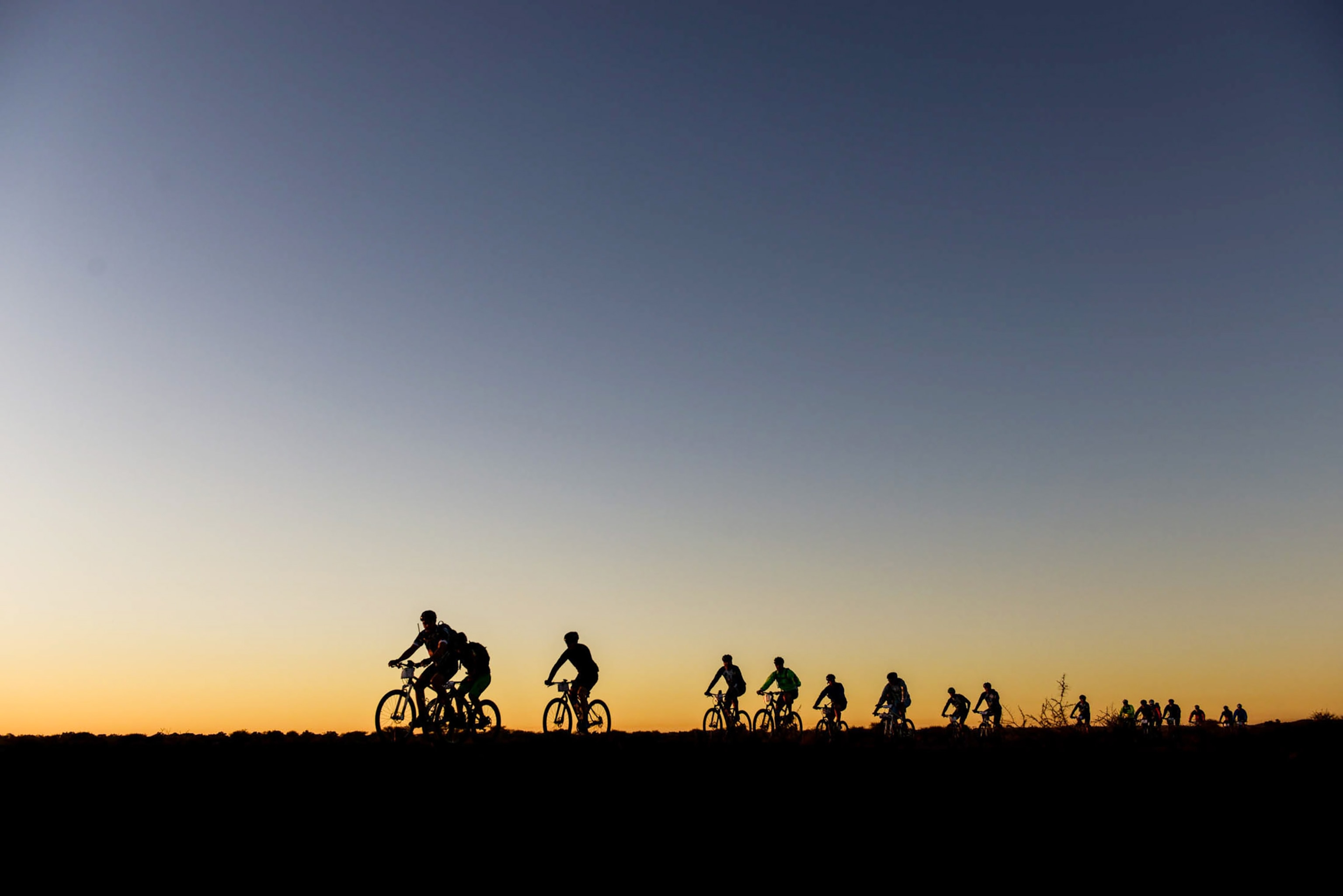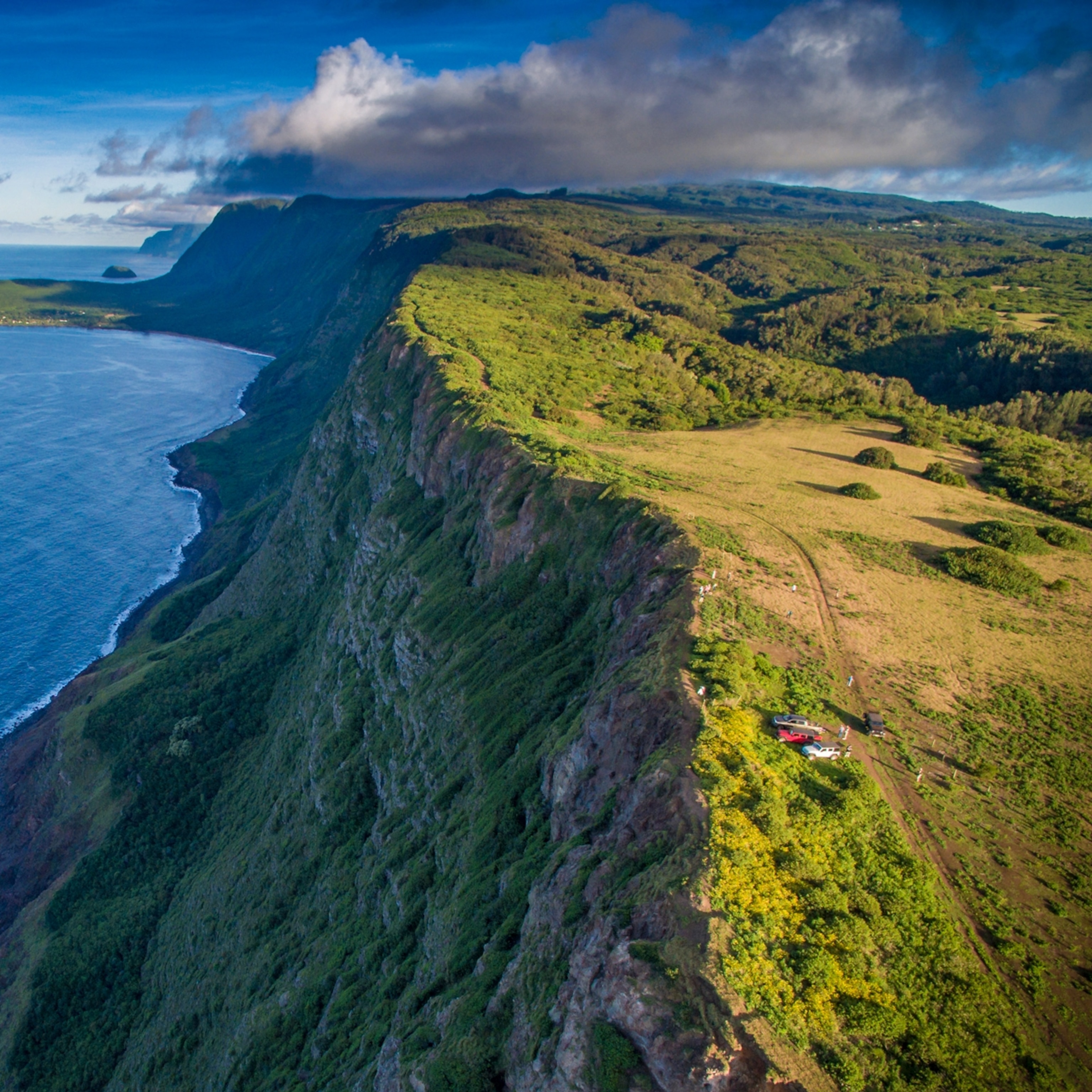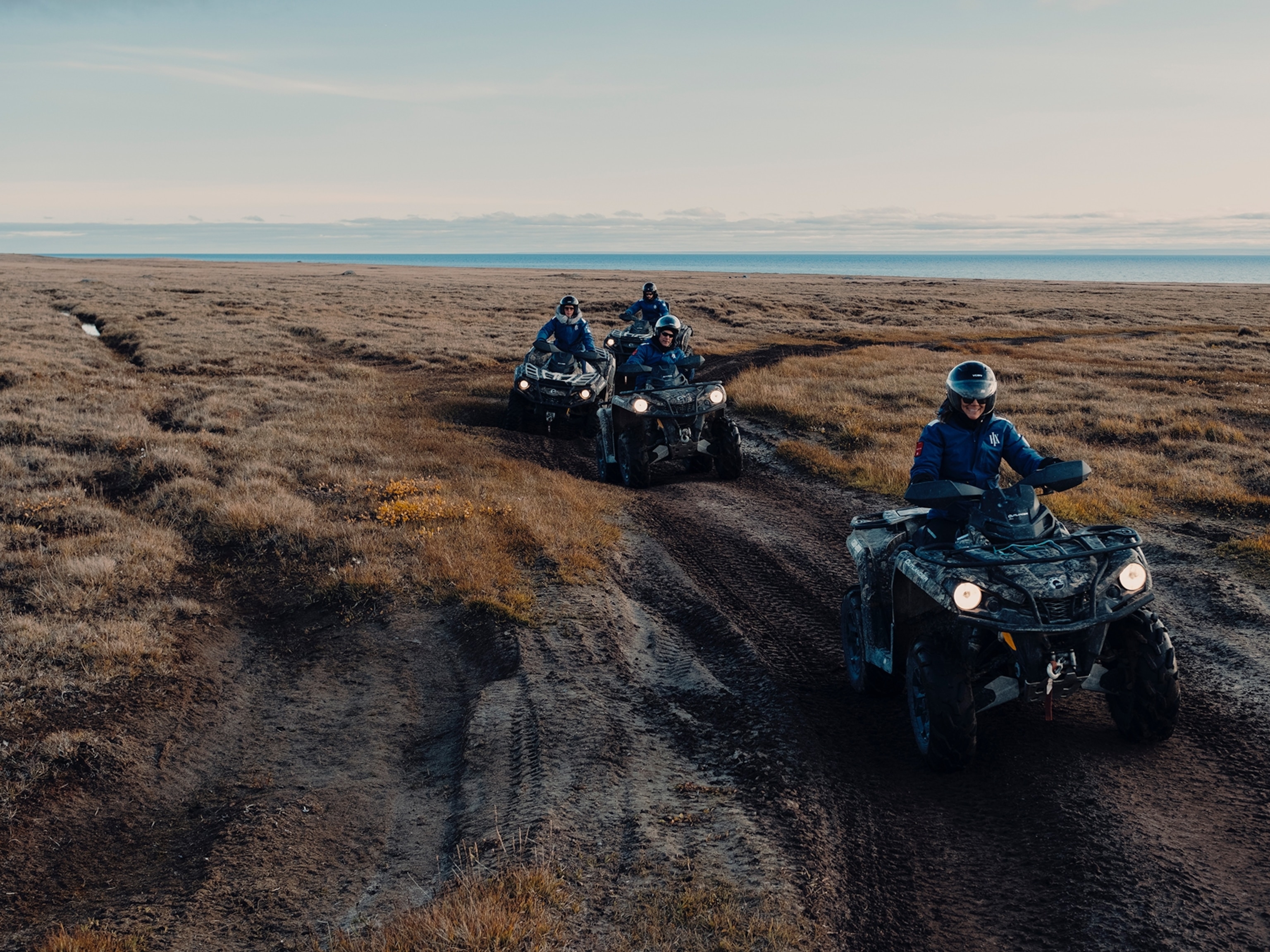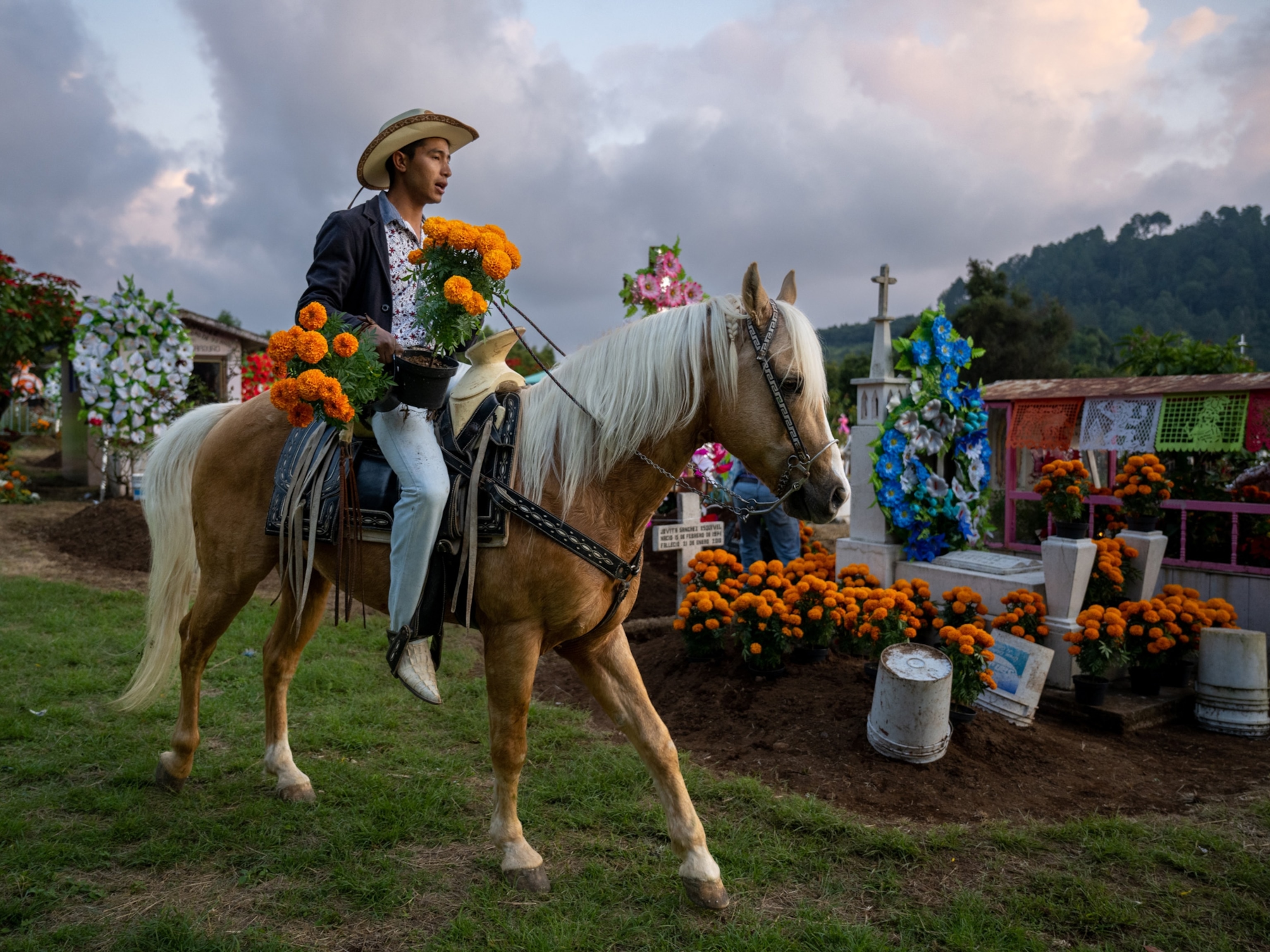
Cycling Through Southern Africa: Big Trip, Bigger Rewards
A National Geographic cartographer bikes South Africa, Botswana, and Zimbabwe on a mission to embrace conservation and support local communities.
I’m caked in dirt. I can feel it in my teeth. It’s coating my hair. It's in all the hard-to-reach places. We’re mountain biking around a herd of elephants, and they’re headed directly into our path. Technically we’re heading into their path, since we’ve been biking for the last 50 kilometers on elephant trails established long ago. Exhausted and dirty, our group is beaming from ear to ear on this journey through remote Zimbabwe.
This adventure isn’t a standard African safari. Five days earlier, I was on a plane and headed to Africa for the first time. I was anxious, excited, and about to take part in the Nedbank Tour de Tuli. The trip is a 300-kilometer mountain bike event spanning three countries in four days—transecting highly remote, highly protected conservation land.
Tourism With a Mission
The tour was created by Wilderness Safaris founder Russell Friedman, a man who, despite building the largest luxury travel company in South Africa, brought me to one of the best hole-in-the-wall Portuguese restaurants in Johannesburg. He has an eye for authenticity and has transformed the way the travel industry can impact, sustain, and enrich the lives of local communities.
Friedman fell in love with rural South Africa in the early 1970s. He translated that love into Wilderness Safaris, which he co-founded in 1983. Through that endeavor, he realized that for rural communities to remain intact and for conservation to succeed, the two must be connected.
Friedman created a tourism model that places community, conservation, and commerce together as top priorities. The group uses solar energy, reuses water resources, empowers local farmers, and leads with stewardship at each of their remote wilderness camps. By prioritizing communities, locals have opportunities to teach travelers about their home. I was lucky enough to learn about termites from passionate guides in Hwange National Park. I learned that one other guide had dreamed of working with Wilderness Safaris, because he felt the organization respects both the land and local communities.
All of this leads me back to the Tour de Tuli, a bicycle trip that tours through South Africa, Botswana, and Zimbabwe and raises money for the nonprofit Children in the Wilderness. The organization’s mission is to teach children living in rural Africa about conservation and empower them to participate in protection efforts. Tour de Tuli manages to bring funds to that worthy goal while connecting travelers to an unforgettable experience. It's also gaining local popularity, since the nature of the trip—requiring teamwork and embracing adventure—makes it a growing choice for South African companies planning employee retreats.
Biking Through the Wild
Riders of the Tour de Tuli are split into 18 groups of 16 cyclists each. The first team forges the path and clears obstacles, while the rest experience the land and take in the scenery. This is a tour, not a race. The landscape is home to some 700 elephants, along with other members of Africa’s Big Five. My group was led by David Evans, the director of Mashatu Game Reserve. He, his wife, Tanya, and his son, Rowan, grew up on this land, so he served as the perfect guru for Group 6.
I start the adventure at the Limpopo Valley Airfield, ride across the Pont Drift Border Post between Botswana and South Africa, and arrive in a mountain biker’s paradise. I’d pulled into a tent city—complete with food, music, spirits, and cappuccinos—all set in the African bush. These tent cities, though extravagant, are completely stripped down each day and built again at the next site. With conservation as a priority, absolutely no trace is left behind.
For the next few days we’ll be traveling through the Mashatu Game Reserve in Botswana, a section of the Northern Tuli Conservation Area. Game reserves like Mashatu serve as safe havens for wild animals, where they can roam free from threat of poaching or hunting. After just two hours in Mashatu, I see lions, cheetahs, leopards, zebras, giraffes, kudus, and ellies (the South African slang term for elephants).
A New Normal
The morning of our first big ride, temperatures had fallen to 35ºF. I grabbed a cappuccino from Bean There, who served the group 5,900 warm drinks by the end of the week. As is the case in many desert environments, the temperatures in southern Africa can change dramatically throughout the day. I got on my bike that morning frozen and numb, knowing that I'd be sweating by the afternoon.
We leave the comfort of our tent city just before the sun comes up. We didn’t know exactly what we’d find on that ride and had no certain idea of where we’d end. While I’m not quick to emotion, my ride along well-trodden elephant tracks in Botswana, with the sun gradually rising in front of me and the rays hitting my slowly warming skin, felt momentous. That’s not to say it’s easy. The trail is technical. I’m avoiding thorny plants, traversing rocky paths, and evading any nearby wildlife—the most dangerous of which are the quick, protective elephant herds.
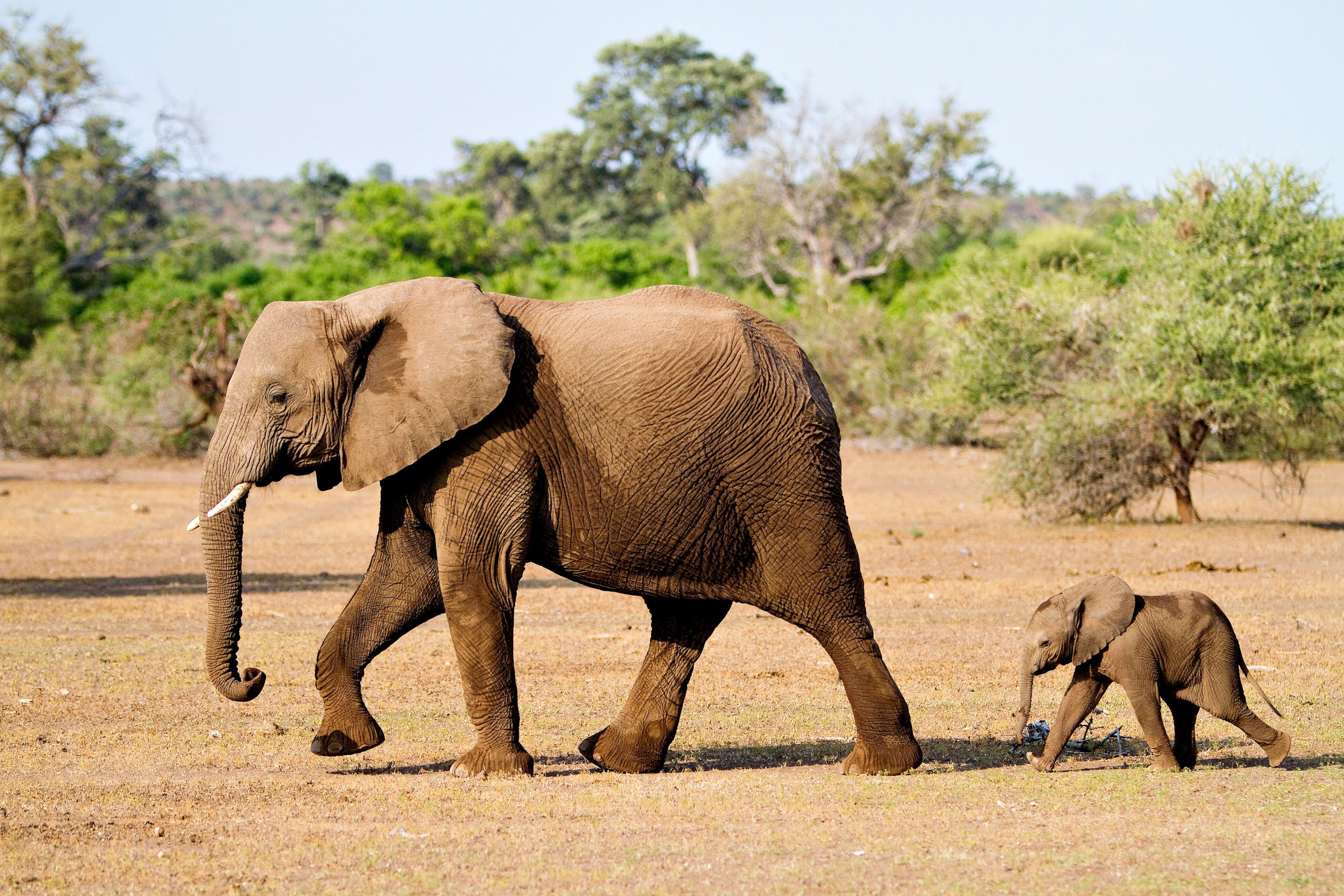
We finally stop at a checkpoint and grab some biltong (a local variety of jerked meat), hard-boiled eggs, sport goo, electrolytes, and water. It’s just enough to get us through to lunch and then, finally, to our camp for the night.
I ride into the Amphitheatre Bush Camp after a full day of cycling, feeling accomplished and exhausted. The temporary safari camp offers us a delicious meal, a very necessary shower, and a welcome brew. The wildlife near the camp comes alive at night and rustles through the early morning. I awake to lions roaring, elephants trumpeting, and baboons screeching.
Over the next few days, we cover a lot of ground. Each morning, I found comfort in a warm cappuccino and the sounds of bicycles clicking. I was becoming accustomed to the frigid temperatures, to stepping to the left on a path instead of the right, and to greeting friends with the South African slang of “howzit?” instead of my typical Midwestern “how’s it going?”
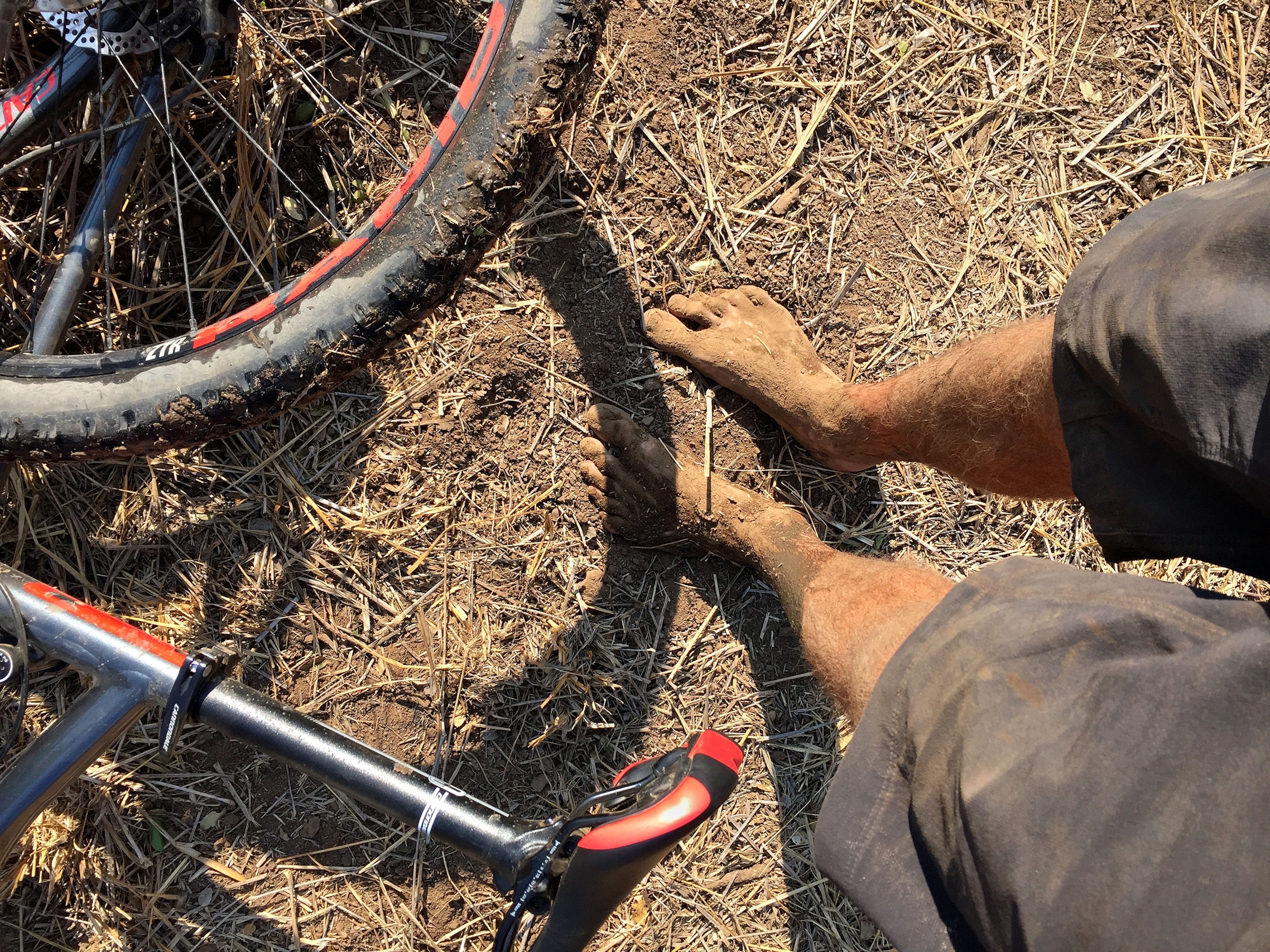
Lessons in Appreciation
We cross through the Mapungubwe Cultural Landscape, a long-gone pre-colonial state and home to the first indigenous kingdom in southern Africa. Pottery remnants of the empire exist on that land today. We stop for a break at the basalt cliffs that make up Solomon’s Wall—the site where an ancient lava flow once dammed the Motloutse River, a Limpopo River tributary. We explore natural tool building sites where geology allowed hunters and gatherers to stop and make razor-sharp chippings for arrowheads or knives. The stones are still resting where they were set after their last use 100,000 to 200,000 years ago.
- National Geographic Expeditions
We also visit Botswana’s Lentswe Le Moriti Primary School, a local community school and beneficiary of Children in the Wilderness programming. Our group guide, David, and his family have worked with the school in the past, so they’re greeted with a warm, personal reception. The rest of us are just as happily welcomed with smiles, high-fives, and requests for bike rides. The experience and the children put the trip into perspective and I’m thankful my epic ride could contribute to schools like Lentswe Le Moriti.
As the week comes to a close and we cycle the final few miles back into South Africa from Zimbabwe, I wish it could continue. Yes, we’re covered in dirt. Yes, we’re tired. Yes, we’re sweaty. But we’re smiling. Our smiles are forged by the knowledge that through a little hard work, we can make a big difference.
How To Do This Trip
Plan: It's best to plan a trip like this with a tour operator. I used Geographic Expeditions, which specializes in remote or challenging destinations and emphasizes responsible travel. The group develops custom itineraries, coordinates group trips, and arranges in-country activities for visitors.
Pack: For these cycling tours or trips between these sustainable lodges, it's important to carefully consider what you bring. I flew on small planes, so I packed light out of necessity. Don't forget warm layers for the cold nights and a camera for the epic views.
Stay: I stayed at the Fairlawns Hotel and the Saxon Hotel, Villas, and Spa on either end of the tour. Both are excellent spots to experience Johannesburg and get your bearings before heading to the national parks.
Explore: There's lots of adventure to be had beyond the Tour de Tuli. Head to Victoria Falls and stay at Victoria Falls River Lodge, where you'll wake up with elephants outside your room and listen to hippos as you fall asleep. Or venture to Hwange National Park and stay at the Linkwasha Camp, an intimate group of luxury tents set at the Ngamo Plains. Both spots prioritize sustainability—focusing on conservation, hiring staff from nearby communities, and serving local ingredients.
